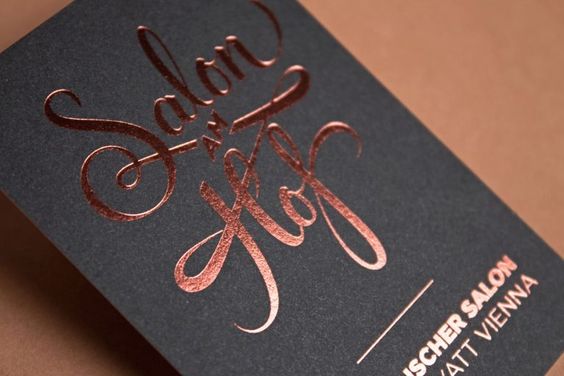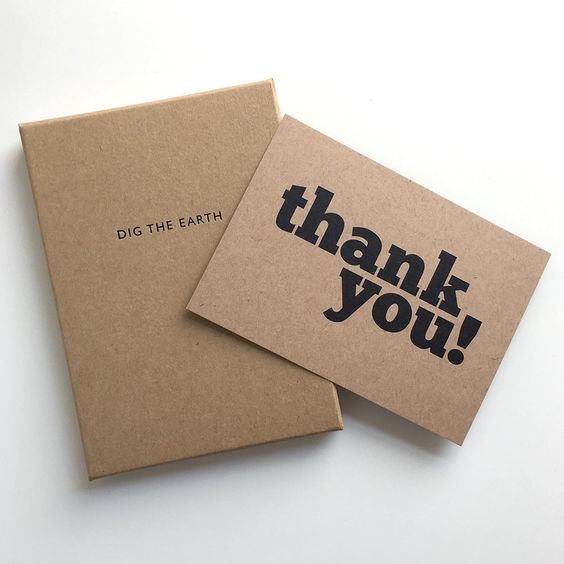Comics, in their myriad forms, have captivated readers for generations. They take us on adventures to far-off galaxies, introduce us to masked vigilantes, and allow us to explore the depths of our imagination. But within comics, one particular format is a treasure to collectors and enthusiasts – the Hardcover Comic.
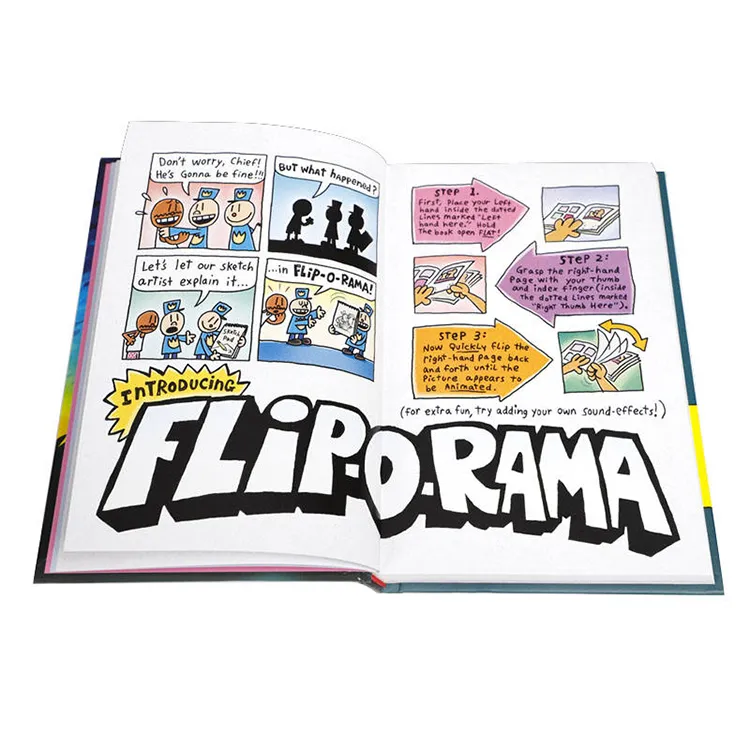
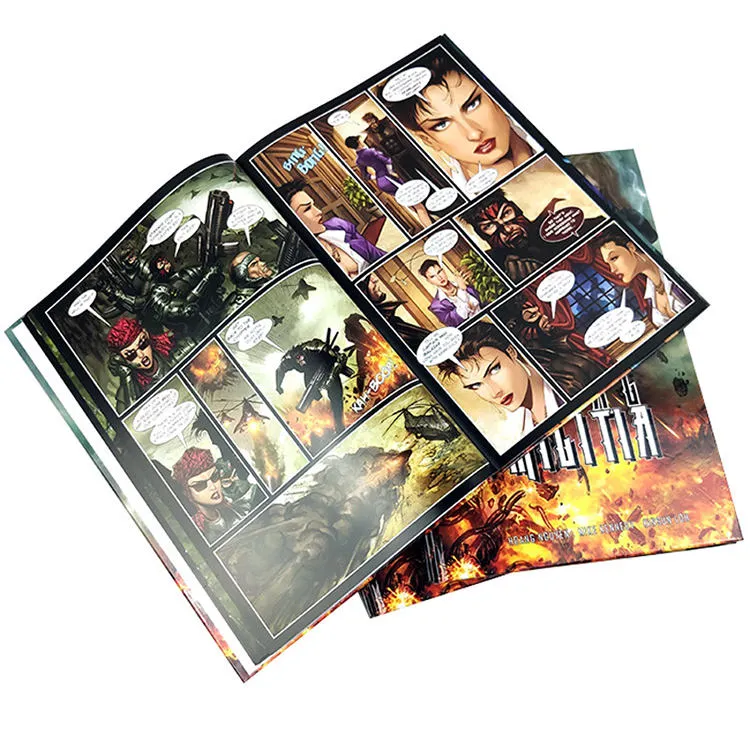
In this article, we delve into the fascinating world of Hardcover Comic Printing. It’s not just about ink on paper; it’s a meticulous craft that elevates comics to a new level of artistry. We’ll explore the techniques, craftsmanship, and magic that happen behind the scenes to create these exquisite collector’s items.
The Importance of High-Quality Printing
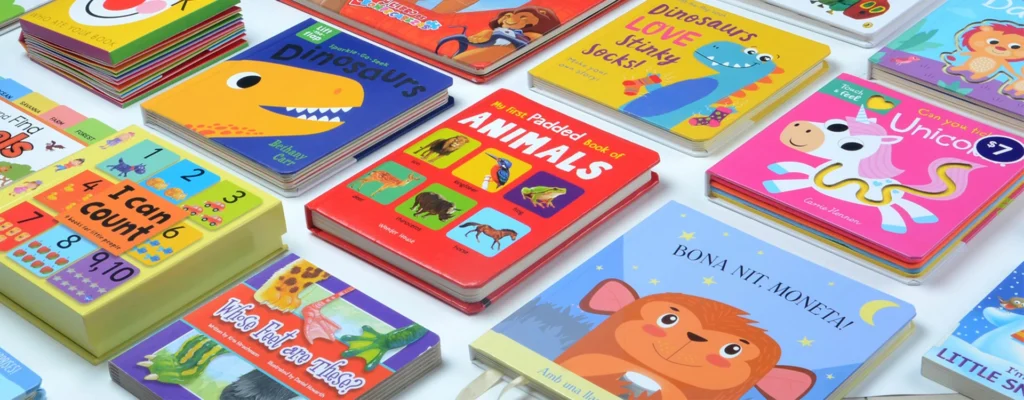
Comic books, as collectible items, hold a special place in the hearts of fans. They aren’t just stories on paper; they’re tangible memories, pieces of art, and sometimes even investments. The quality of printing plays a pivotal role in the experience and collectibility of a comic book.
When you pick up a hardcover comic, you’re not merely holding a story; you’re having the result of a meticulous process that transforms words and images into a work of art. The colors, the details, and the paper quality contribute to a sensory experience that adds depth to the storytelling.
The artistry of the illustrator is brought to life through the precision of the printing process. Vibrant colors, fine details, and a professional finish are hallmarks of a well-printed comic. The difference between a well-printed comic and a poorly printed one can be stark, influencing the reader’s connection with the story and the collector’s appreciation of the work.
Quality printing ensures that the comic’s visual storytelling remains sharp, immersing readers in the world created by the artist. It’s what makes the colors pop, the details stand out, and the characters come to life.
High-quality printing becomes even more pronounced, considering that many collectors treasure their comic books as investments. A well-printed hardcover comic retains its value and often appreciates over time, making it a sought-after item in collecting comics.
Printing Techniques in Hardcover Comic Production
The magic of Hardcover Comic Printing begins with the selection of printing techniques. It’s here that the artistry of the comic is meticulously transferred to the book’s pages. Various methods are employed to ensure the highest quality output. Here’s a closer look at these techniques:
1. Offset Printing:
- Offset printing, known as lithography, is widely used in comic book printing. It excels at producing high-resolution images with sharp details. This method ensures consistent and vibrant colors throughout the print run, making it a preferred choice for high-quality hardcover comics.
2. Digital Printing:
- Digital printing has gained popularity for its flexibility and efficiency. It’s ideal for shorter print runs and allows for quick proofing and adjustments. While offset printing offers unmatched quality, digital printing can still produce impressive results for hardcover comics.
3. Color Management and Calibration:
- Achieving color accuracy is essential in hardcover comic printing. Professional printers use color management and calibration techniques to ensure that the colors reproduced in the printed amusing match the artist’s original vision. This precision is what brings the comic’s artwork to life.
4. Resolution and Detail:
- The quality of hardcover comics is often defined by the resolution and level of detail in the artwork. Expert printers use high-resolution scans of the original artwork to ensure that every line, every texture, and every shade of color is faithfully reproduced on the printed page.
5. Special Inks and Effects:
- To add depth and vibrancy to the comic, special inks and effects are often used. Metallic inks, for example, can create a stunning visual impact on the cover. Spot UV coating, embossing, and foil stamping are additional techniques that add tactile and visual appeal to the comic.
These printing techniques are more than just processes; they are the brushstrokes that bring a comic to life. The choice of course depends on various factors, including the print run, the budget, and the desired outcome. Whether it’s the rich, classic feel of offset printing or the efficiency of digital printing, each technique has its place in creating a hardcover comic.
Paper Selection and Quality
The choice of paper in Hardcover Comic Printing is a critical decision that significantly impacts the reading experience and the overall quality of the final product. When selecting paper for hardcover comics, several factors come into play:
1. Paper Weight:
- Paper weight, measured in grams per square meter (gsm), determines the thickness and sturdiness of the paper. In hardcover comics, a higher GSM is often preferred, as it provides durability and prevents pages from becoming too translucent.
2. Finish:
- The paper finish affects the texture and appearance of the pages. Matte finishes reduce glare and provide a smooth, elegant surface, while gloss finishes offer a shiny and reflective look. The choice depends on the visual style and reading experience desired.
3. Durability:
- Comics are often read multiple times, so paper durability is crucial. High-quality, acid-free paper resists yellowing, brittleness, and deterioration over time, ensuring the comic remains in excellent condition for years.
4. Opacity:
- Opacity refers to how much ink shows through the paper. High-opacity paper prevents text and images from bleeding through the pages, maintaining readability and preserving the visual integrity of the comic.
The selection of the right paper is an art in itself. It must complement the artwork and the story, providing the ideal canvas for the comic’s visual and textual elements. While it’s easy to underestimate the importance of paper quality, the experience of reading a hardcover comic is profoundly influenced by this choice.
The paper also contributes to the comic’s tactile quality, affecting how it feels in the reader’s hands. The texture and thickness of the piece add to the sensory experience of reading a hardcover comic.
Binding and Finishing
The binding and finishing processes in Hardcover Comic Printing are where the raw components—pages, covers, and artwork—transform into a cohesive and enduring hardcover comic. These steps require skilled craftsmanship and precision to create an awe-inspiring final product.
1. Sewing and Binding:
- Sewing the pages together is a standard method used in hardcover comics. This process ensures that the pages are securely in place and can withstand the wear and tear of being read frequently. It’s a labor-intensive technique that adds durability and allows the comic to lay flat when open.
2. Perfect Binding:
- Some hardcover comics employ perfect binding, which involves gluing the pages together and attaching them to the cover’s spine. While this method offers a sleek appearance, it may not be as durable as sewn binding for heavily used comics.
3. Covers and Dust Jackets:
- The cover of a hardcover comic is often a piece of art. Whether it’s a full-color illustration, embossed design, or a striking image, it sets the tone for the comic. Additionally, many hardcover comics come with a dust jacket that adds an extra layer of protection and visual appeal.
4. Embossing and Foil Stamping:
- To make the comic exceptional, embossing and foil stamping add depth and elegance to the cover. These finishing touches not only enhance the visual appeal but also provide a tactile element that adds to the reading experience.
The craftsmanship involved in binding and finishing turns a collection of pages into a collector’s item. It’s in these details that the value and appreciation of hardcover comics are genuinely realized.
Special Features and Effects
Hardcover comics are more than just stories on paper; they are works of art that often incorporate unique features and effects to enhance visual and tactile appeal. These elements make each copy a unique and collectible piece. Here are some of the techniques used:
1. Metallic Inks:
- Metallic inks add a touch of glamour to the comic. They create a shimmering effect on the pages, making certain elements, such as logos or accents, stand out with a lustrous finish. The result is a captivating and eye-catching visual.
2. Spot UV Coating:
- Spot UV coating involves applying a transparent, shiny layer to specific cover areas or pages. This technique not only adds a high-end gloss but also creates a tactile contrast between the coated and uncoated areas. It’s often used to highlight images or text, creating a striking effect.
3. Embossing and Debossing:
- Embossing raises elements on the cover or pages, creating a 3D effect. Debossing, on the other hand, depresses parts, giving them a pressed-in appearance. Both techniques add depth and texture to the artwork.
4. Foil Stamping:
- Foil stamping is a process that adds a metallic or colored foil to the cover or pages, creating a captivating and reflective look. It’s often used for titles, logos, or other vital elements to make them pop.
These unique features and effects not only make the comic visually stunning but also create a unique sensory experience. They engage the reader’s sense of touch, drawing them into the story and artwork on a deeper level. Additionally, they contribute to the overall collectibility of the hardcover comic, making it a sought-after item among enthusiasts and collectors.
Common Questions and Concerns
Users seeking Hardcover Comic Printing services often have common questions and concerns. Here, we’ll address some of these queries to provide clarity and guidance:
Q1: What is the ideal paper weight for a hardcover comic?
- The ideal paper weight for hardcover comics varies, but it typically falls in the range of 140gsm to 200gsm for interior pages. For the cover, a heavier weight, often around 300gsm, is preferred for added durability and a substantial feel.
Q2: Can I use digital printing for hardcover comics?
- Yes, digital printing is a viable option, especially for shorter print runs or when you require the flexibility of quick proofing and adjustments. However, offset printing is still the gold standard for achieving the highest quality results.
Q3: What is the difference between embossing and debossing?
- Embossing raises elements on the cover or pages, creating a 3D effect. Debossing, on the other hand, depresses parts, giving them a pressed-in appearance. Both techniques add depth and texture to the artwork.
Q4: How can I ensure color accuracy in my hardcover comic?
- Color accuracy is achieved through professional color management and calibration. It’s essential to work with a printer who has a track record for maintaining precise color standards.
Q5: What is the most durable binding method for hardcover comics?
- Sewn binding is often considered the most durable binding method for hardcover comics, especially if they will be frequently read and handled. It allows the comic to lay flat when open and withstand heavy use.
Addressing these questions and concerns is crucial to helping users make informed decisions about their Hardcover Comic Printing projects. When users have a clear understanding of the process and choices involved, they can achieve the results they desire.
Finding the Right Printing Partner
Selecting the right printing partner is a crucial decision when embarking on a Hardcover Comic Printing project. The expertise and capabilities of the printing provider can significantly impact the quality of your comic. Here are some criteria to consider:
1. Expertise and Experience:
- Look for a printing provider with a proven track record in Hardcover Comic Printing. Consider how long they’ve been in the industry and whether they have experience with projects similar to yours.
2. Quality and Craftsmanship:
- Assess the provider’s craftsmanship by examining samples of their previous work. Pay attention to the printing quality, color accuracy, and finishing details. A visit to their facility can also provide insights into their production standards.
3. Customization Options:
- Ensure that the provider offers the level of customization you require. Can they accommodate specific cover materials, designs, and finishing options? A flexible provider can help you realize your vision.
4. Turnaround Time:
- Consider your project’s timeline and whether the provider can meet your deadlines while maintaining quality standards. Effective communication and adherence to timelines are essential.
5. Cost and Value:
- Request quotes and compare costs, but also assess the overall value. The cheapest option may offer a different quality than you desire. Investing in high-quality printing often results in a more collectible and valuable comic.
6. References and Testimonials:
- Seek references from other clients and read testimonials to gauge the provider’s reputation and customer satisfaction. Positive feedback from previous customers is a reassuring sign.
7. Communication and Collaboration:
- Effective communication is vital for ensuring your project’s success. Choose a provider willing to collaborate and address your unique project requirements.
By carefully considering these factors, you will be able to make an informed decision when choosing a printing partner for your hardcover comic book printing project. The right provider will help bring your vision to life and ensure the final product meets your expectations.
Hardcover Comic Printing vs. Other Binding Methods
To understand the distinct advantages of Hardcover Comic Printing, it’s essential to compare it to other binding methods commonly used in comic book production. Here’s how Hardcover Comic Printing stacks up against some of these alternatives:
1. Saddle-Stitching:
- Saddle-stitching is a cost-effective binding method, often used for small booklets and thin comic books. However, it lacks the durability and professional appearance of hardcover comics, making it more suitable for short-lived publications.
2. Perfect Binding:
- Perfect binding, which uses adhesive to attach pages to the cover, is a versatile method suitable for various project types. Hardcover comics, however, are preferred for special, long-lasting projects, as they offer enhanced durability.s
3. Spiral Binding:
- Spiral binding is ideal for reports, notebooks, and materials with a shorter lifespan. For collector’s items and comics meant to withstand the test of time, Hardcover Comic Printing is the superior choice due to its durability.
4. Comb Binding:
- Comb binding is often used for documents that need regular updates and easy page insertion or removal. However, it requires the professional appearance and longevity of hardcover comics.
5. Sewn Binding:
- Sewn binding offers a durability similar to Hardcover Comic Printing, as it sews the pages together. However, Hardcover Comics provide a polished, premium appearance with options for various special features and effects.
Hardcover Comic Printing shines on collector’s items and projects intended to make a lasting impression. The durability, professional appearance, and opportunities for customization make it a top choice for comics that deserve to be cherished and preserved.
Hardcover Comic Printing for Various Applications
Hardcover Comic Printing isn’t limited to a single genre or style; it’s a versatile option that can elevate the value of comics across various applications. Here are some common uses for Hardcover Comics:
1. Graphic Novels:
- Graphic novels often explore complex narratives and themes. The hardcover binding adds an air of importance to these literary works, making them more suitable for academic study and critical acclaim.
2. Superhero Epics:
- Iconic superhero comic series, known for their rich history, often receive special hardcover editions. These collector’s items showcase the heroes’ adventures and are cherished by fans and collectors alike.
3. Manga:
- Manga series, which have a dedicated global fan base, are not exempt from the appeal of hardcover printing. These editions enhance the reading experience and provide a lasting keepsake.
4. Independent Comics:
- Independent creators often choose Hardcover Comic Printing to give their works a premium appearance. This decision can increase the value of their creations and attract a broader audience.
5. Webcomics:
- Some webcomics, initially published online, eventually make their way into hardcover formats. This transition acknowledges their cultural significance and enhances their collectibility.
6. Historical and Artistic Comics:
- Comics that delve into historical events, biographies, or artistic explorations benefit from hardcover printing, underscoring their value as educational and collectible works.
7. Children’s Comics:
- Hardcover comics for children are built to withstand wear and tear, ensuring they last through multiple readings. These comics often feature vibrant illustrations that come to life with the premium printing quality of hardcovers.
Regardless of the genre or style, Hardcover Comic Printing enhances the value and longevity of comics. It transforms them into collector’s items, which not only withstand the test of time but also become cherished pieces of literary and visual art.
Conclusion
The art of Hardcover Comic Printing is a blend of technology, craftsmanship, and passion. It elevates comics from simple stories to valuable collector’s items. When you choose Hardcover Comic Printing, you’re not just printing a book; you’re creating a work of art that can be cherished for generations.
As you create a hardcover comic, consider the printing techniques, paper quality, binding, finishing options, and unique features that can transform your project into a true masterpiece. And remember, finding the right printing partner is a crucial step in ensuring that your vision comes to life.
If you have any further questions, or if you’re ready to begin your own Hardcover Comic Printing project, don’t hesitate to reach out to a trusted printing provider. They will guide you through the process and help you create a work that will be treasured by readers and collectors alike.

